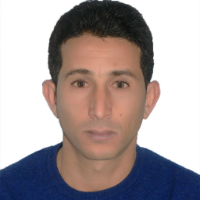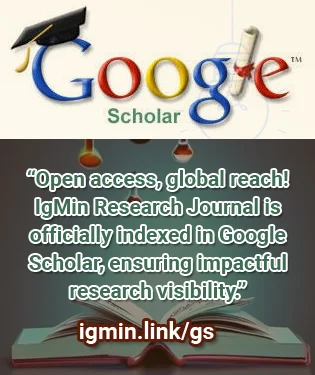Biography
Moez Soltani is an associate professor at the National School of Computer Sciences (ENSI). He received his PhD. and HDR. degrees, both in electrical engineering from the National Higher Engineering School of Tunis (ENSIT), University of Tunis, Tunisia, in 2013 and 2021 respectively. From 2021, he obtained his associate professor qualification from the French university system.
He is currently an IEEE Senior member. From 2013-2021, he was an assistant professor at ENSIT and at the Higher Institute of Applied Sciences and Technology of Mateur, University of Carthage. His research is carried out in the laboratory of the LISIER of Tunis. He is the (co-)author of more than 30 scientific publications, including international journals, book, book chapters and international conferences. He is also a regular Reviewer for more than 40 international journals and an editorial board member of a Special issue published in the International Journal of Cybernetics and Systems (Taylor & Francis). He served as a TPC/IPC member for different international conferences and he organized different scientific events.
Research Interest
Identification and modeling, fuzzy logic, deep learning, machine learning, and artificial intelligence (AI).

Editor
Work Details
Associate Professor
University of Tunis
Department of Electrical engineering
Tunisia
Contribution by Topic Area
Why publish with us?
Global Visibility – Indexed in major databases
Fast Peer Review – Decision within 14–21 days
Open Access – Maximize readership and citation
Multidisciplinary Scope – Biology, Medicine and Engineering
Editorial Board Excellence – Global experts involved
University Library Indexing – Via OCLC
Permanent Archiving – CrossRef DOI
APC – Affordable APCs with discounts
Citation – High Citation Potential
Which articles are now trending?
Research Articles
- Effect of Rainfall on Water Parameters in Recreational Lakes in Heidelberg, Germany
- Problem of Surface Waves on Water in Higher School Laboratory Workshop
- Cyber Threat Analysis (CTA) in Current Conflicts
- Trend of SO2 Gas Dry Deposition in Vietnam
- Current Oscillations and Resonances in Nanocrystals of Narrow-gap Semiconductors
- Zinc Supplementation in Anorexic Children with Vomiting Syndrome: Evaluation from a Randomized Controlled Trial in Vietnam
Advertisement






